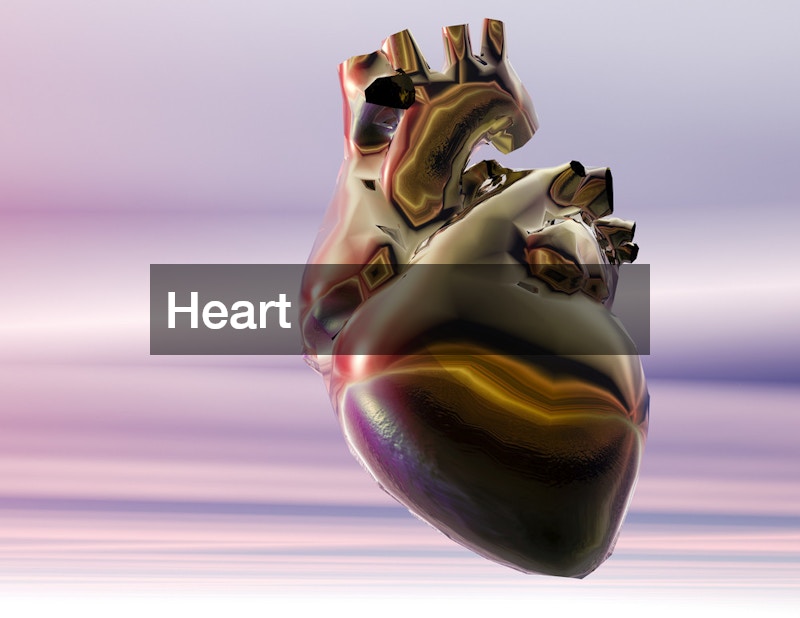Organ donation is a remarkable way to save lives and help individuals suffering from severe illnesses. Many people wonder, ” What organs can be donated?” The answer includes several vital organs, each capable of significantly improving or saving the life of someone in need. Here’s a breakdown of the organs that can be donated, whether through living or deceased donations.
Kidneys
The kidneys are the most commonly transplanted organs, as their primary function is to filter waste from the blood and maintain the body’s fluid balance. People with end-stage kidney disease often rely on dialysis, but a kidney transplant can free them from this treatment.
One of the unique aspects of kidney donation is that a living donor can donate one kidney, as the body can function well with just one.
Liver
The liver is another organ that can be donated, and it has an extraordinary ability to regenerate. Living donors can donate a portion of their liver, and within a few months, both the donor’s and recipient’s livers will regrow to their full size. Liver transplants are often required for individuals with chronic liver diseases, such as cirrhosis or liver cancer.
Heart
Heart transplants are life-saving for patients with severe heart failure. Unlike kidneys or the liver, the heart can only be donated after death. A heart transplant can dramatically improve the quality of life for those who suffer from advanced heart disease.
Lungs
Lung transplants are critical for patients with conditions like chronic obstructive pulmonary disease (COPD), cystic fibrosis, or pulmonary hypertension. A single or double lung can be transplanted, and while most lung donations come from deceased donors, partial lung donations from living donors are also possible.
Pancreas
The pancreas produces insulin, which regulates blood sugar levels. For people with severe type 1 diabetes, a pancreas transplant can help manage the condition and eliminate the need for insulin injections. Pancreas donations usually come from deceased donors, but they can significantly improve a recipient’s quality of life.
Intestines
Although less common, intestines can also be transplanted, typically for patients suffering from intestinal failure. This type of transplant is more complex, but it can be life-saving for individuals who cannot absorb nutrients properly through their intestines.
Tissues and Corneas
In addition to major organs, tissues such as skin, bones, and tendons can also be donated. Corneal transplants, which restore vision, are another common form of donation that significantly improves the recipient’s quality of life.
If you’re wondering “what organs can be donated,” the answer extends beyond just one or two options. Kidneys, livers, hearts, lungs, pancreases, and even intestines can all be donated, either from living or deceased donors. Each donation offers the precious gift of life and hope to those in need of a transplant.
.






